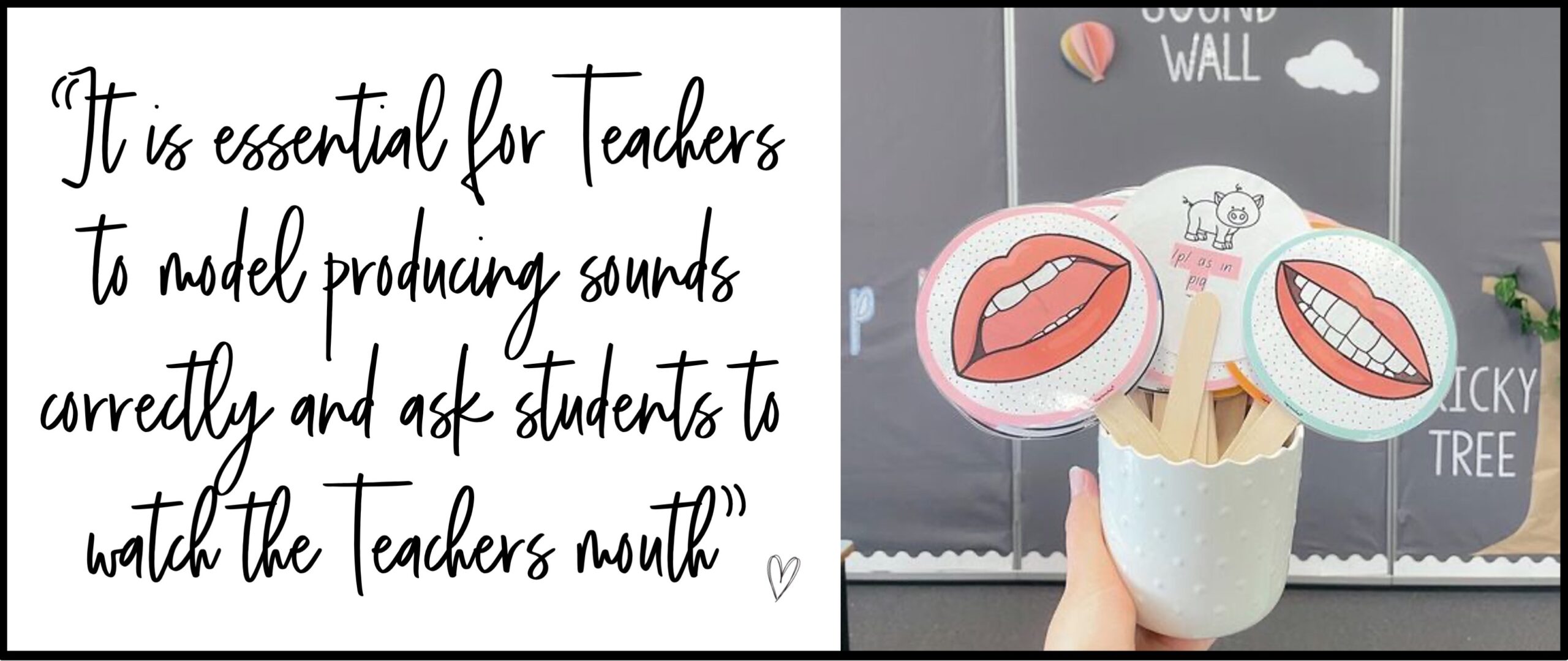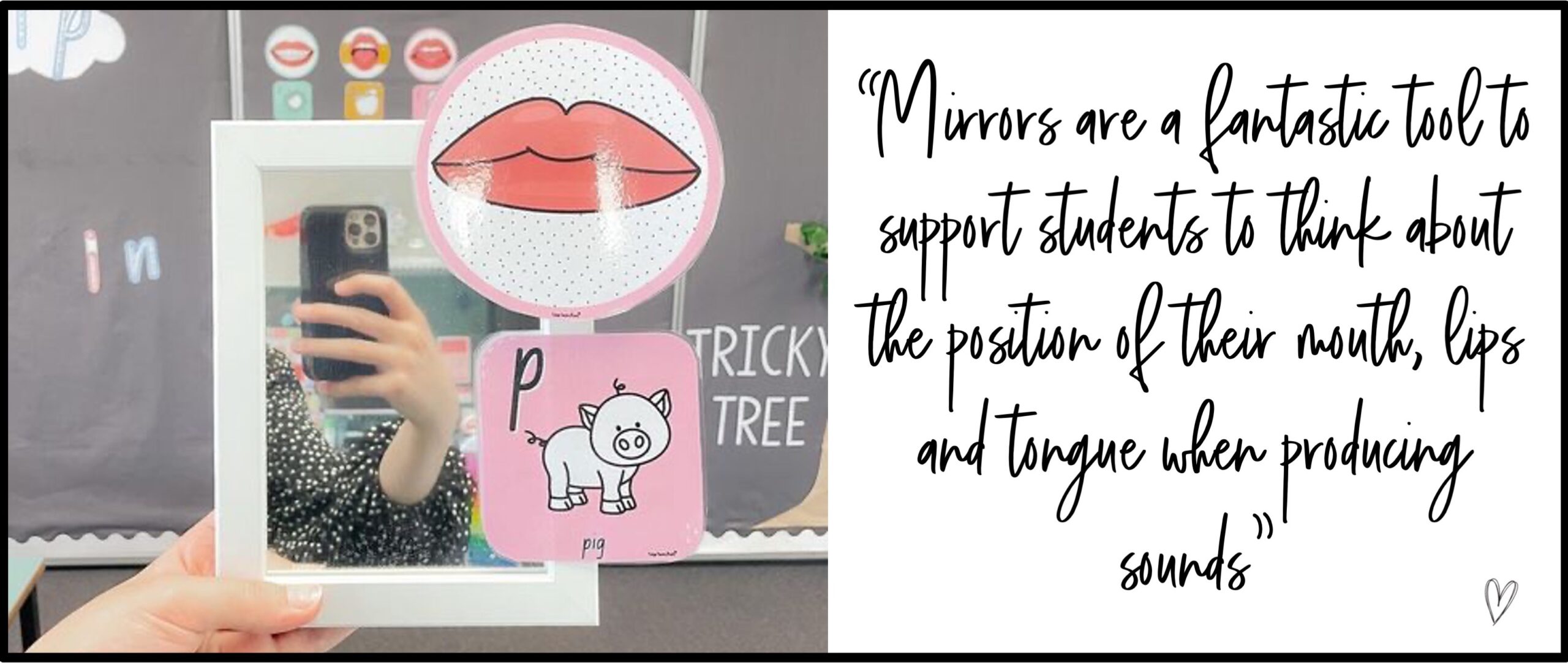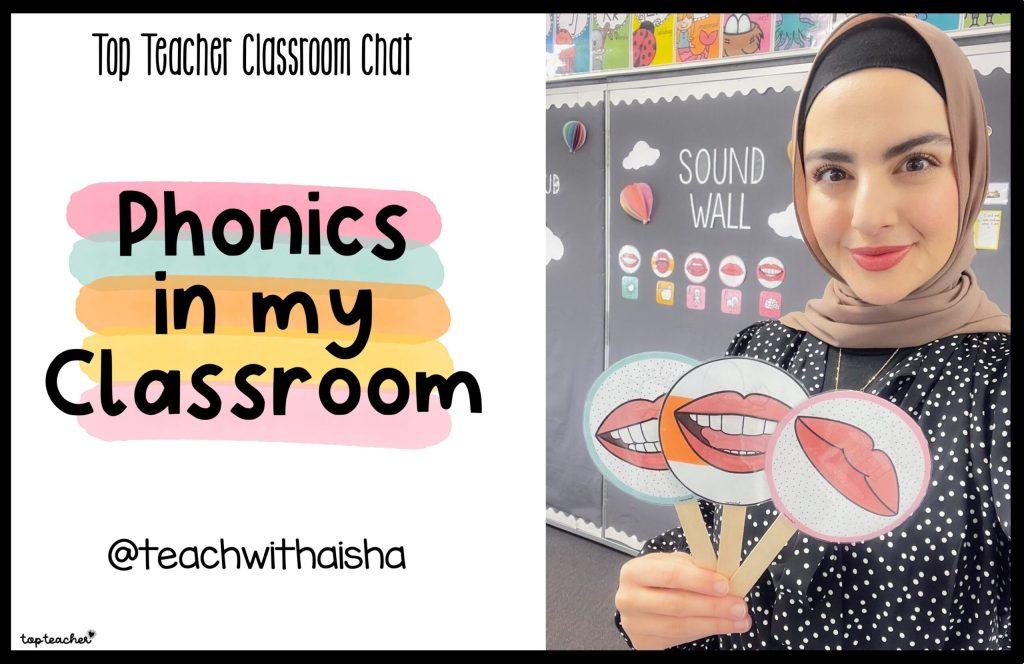Our Sound Walls have been super popular since their release last year, and we have absolutely loved seeing how our members are using the resource in ways to suit their students’ learning needs.
The incredible @teachwithaisha over on Insta has shared some amazing ideas about how she uses our Sound Wall resources for her daily phonics instruction – and we just HAD to have her share her knowledge with the rest of you!

Learning to read is a life skill that will open the doors for children to bring them closer to achieving their dreams. The research of Deslea Konza, which explains how important 6 factors are to reading success, underpins our school’s practice.
One factor is phonics, which is connecting sounds with letters. In our classroom, phonics is taught explicitly and systematically. Our phonics program and instruction aligns with our decodable readers and writing program too! The sounds that we teach are in ‘sets’. We begin with common sounds in words, such as s, a, t, p, i, n and then move into other single consonants, vowels and digraphs!

Students experience a structured and consistent routine during phonics lessons, where they begin with having the opportunity to say the sound with the correct manner of articulation and hearing the sound in a word. It is essential for teachers to model pronouncing sounds correctly and ask students to watch the teacher’s mouth.

Here, I find using the Top Teacher Sound Sticks so useful! After explicitly modelling to students how to say the sound, students have a turn holding the stick and practising. Mirrors are also a fantastic tool to support students to visually think about the position of their mouth, lips and tongue when producing sounds. I attach a Top Teacher mouth visual on mirrors to support students in viewing what success should look like.

Next, students match the phoneme to the grapheme and practise the letter formation. Here, I provide immediate corrective feedback and students practise saying the sound too. Once students show they are confident, they practise decoding and encoding words that have the new and previously taught phonemes. At the end of our phonics lesson, I use the Top Teacher sound wall cards to develop a cumulative sound wall display of learning that is co-constructed with children during phonics instruction.

Our sound wall is used as record of learning and is often referred to as a tool to review previously learned sounds. Our Top Teacher sound wall cards are placed at student eye level and are arranged by phoneme and its various representations to support students in phonics, reading and writing.
Alongside our sound wall, I display a sound cloud. Our sound cloud displays various representations of the new phoneme. These include the mouth image from Top Teacher, a word that represents the phoneme and the upper- and lower-case grapheme.
An essential component when learning sounds is reviewing the taught phoneme in various contexts. I find having the sound wall sticks such a useful tool to use upon door entries, exit tickets or when working with small intervention groups. One consideration to remember is that displays should be meaningful to students, co-constructed by students and aim for them to be interactive and integrated into their everyday learning.
Thanks so much to @teachwithaisha for sharing her knowledge with us all! What a lucky class you have! Click the Instagram handle above to be taken directly to her page 💛
Click here to try our range of Sound Wall resources for yourself! 🙌🏻



